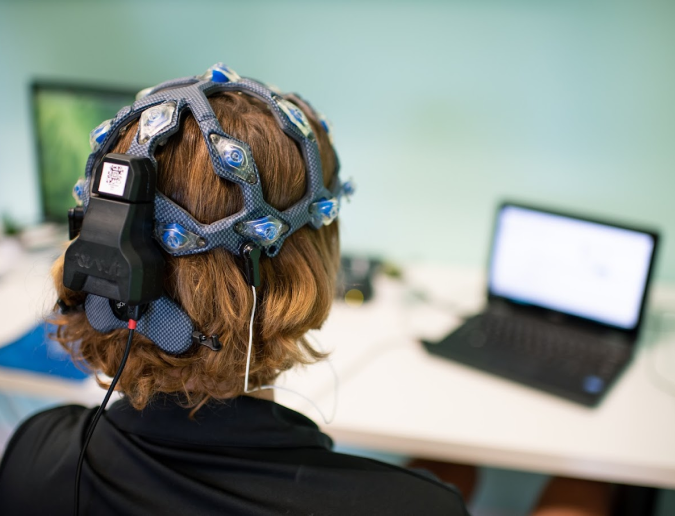About Universal
Neurological Care
Universal Neurological Care aspires to be one of Northeast Florida’s leading Neurology practices, delivering state-of-the-art neurological care with utmost dedication to our patients.
We were founded in 2015, and our goal from the beginning was to create a patient-centric practice that incorporated new ideas and harnessed new technology to provide an exciting paradigm that was as high-touch as it was high-tech.
While we have specific providers that focus and sub-specialize in the neurological specialties of brain injury, headaches, and Women’s Neurology, we also take care of General Neurology conditions like Seizures, Memory Loss, Parkinson’s, and a myriad of other disorders.
Learn More About Us










